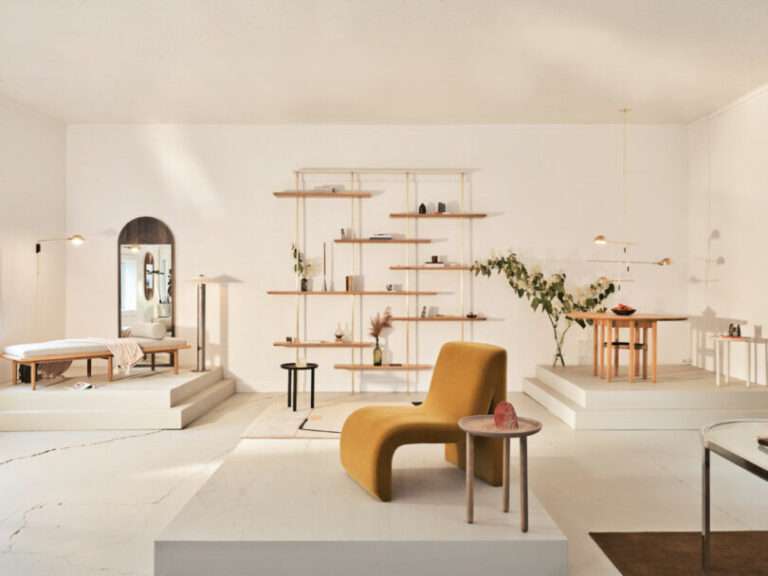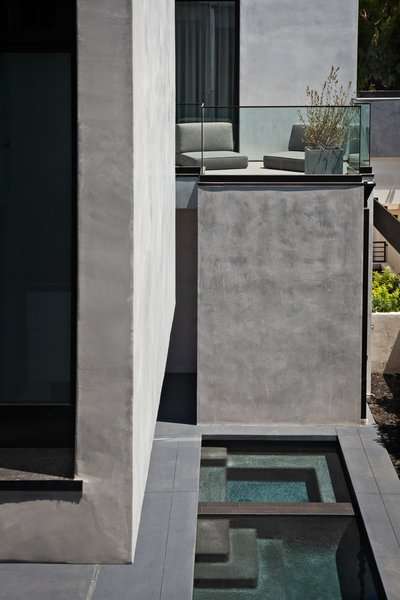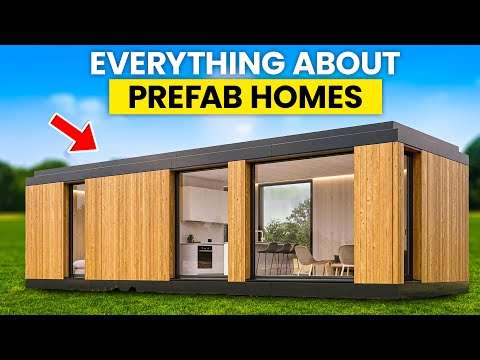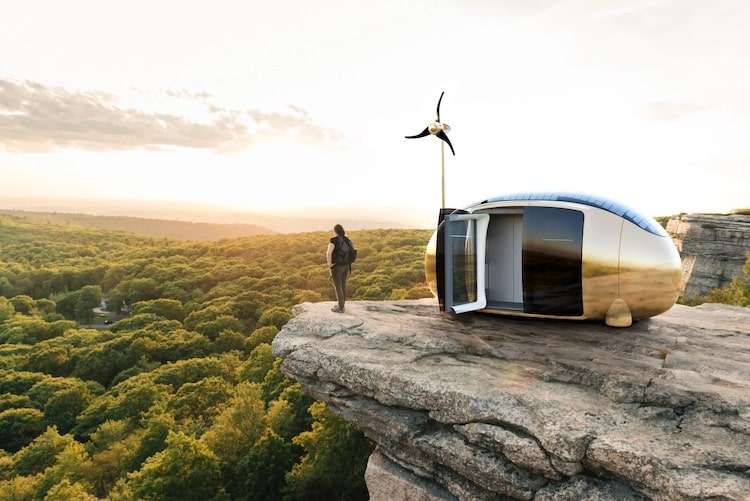gpTea merges AI and tea rituals for interactive storytelling
The gpTea tea set, designed by Kevin Tang and Kelly Fang, introduces generative AI into the ritual of tea drinking, transforming it into an interactive storytelling experience. Unlike traditional digital AI interfaces, gpTea explores Large Language Objects (LLOs) interaction paradigms integrating AI within a physical object to support a slow-paced, reflective form of communication.
The set is designed to facilitate meaningful exchanges between distant friends or family, focusing on the asynchronous sharing of memories and untold stories. Each component in the tea set utilizes physical affordances to guide interaction, making use of the familiar rituals of tea preparation and consumption. gpTea features a teapot that prompts users with questions and connects their responses into a cohesive narrative, while simultaneously generating real-time, story-relevant imagery using a diffusion model. This design leverages the user’s familiarity with tea culture, allowing gpTea to seamlessly integrate AI interactions within an everyday object traditionally associated with reflection and sentimentality.
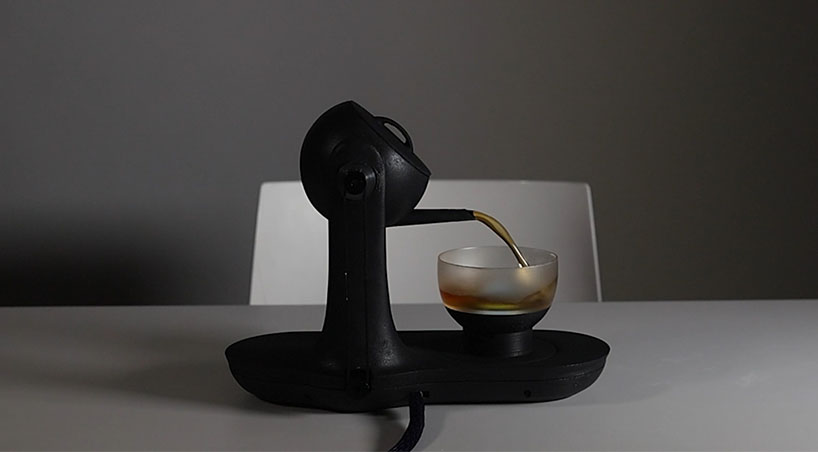
all images courtesy of Kevin Tang and Kelly Fang
screen in gpTea’s teacup generates Real-time story imagery
The design by Kevin Tang and Kelly Fang emphasizes continuity between form and function, respecting the cultural and ritualistic significance of tea. Each action, from pouring to sipping, metaphorically aligns with the process of storytelling—where pouring tea symbolizes sharing a story, and drinking signifies the user’s absorption of that shared experience. The teacup itself serves as the primary interface, equipped with an embedded screen that displays the evolving narrative as the tea is consumed. This approach merges the tactile, sensory experience of tea drinking with digital storytelling, inviting users to engage in an intuitive, hands-on interaction with AI that goes beyond conventional screen-based engagement.
In gpTea, the cup acts as a dynamic, multi-modal interface, adapting its function based on user interaction to guide the flow of the narrative. This central touchpoint fosters a fluid user experience where digital and physical elements coexist, reinforcing the idea of a tea set as a bridge between tradition and technology. By embedding a digital layer into a form factor that remains true to the teacup’s traditional design language, gpTea creates a cohesive blend of familiarity and innovation, positioning the act of tea drinking as a contemplative space for shared digital storytelling.
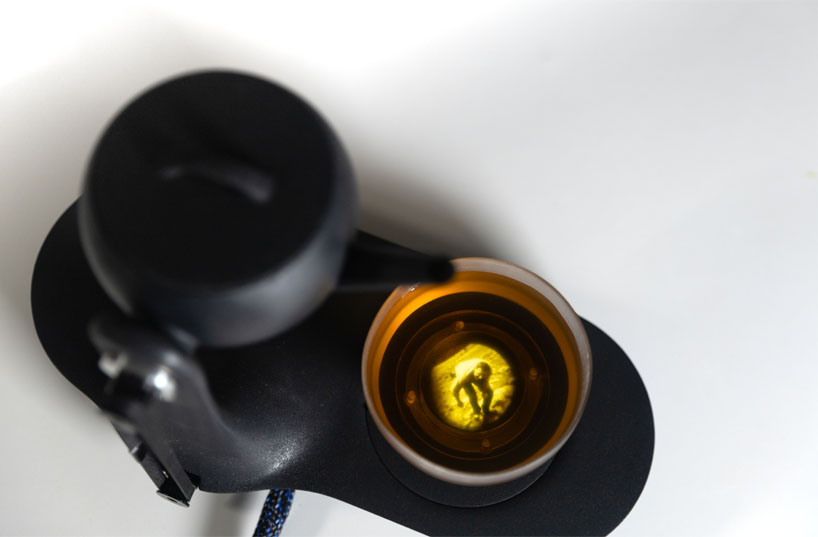
gpTea reinvents the tea experience through generative AI
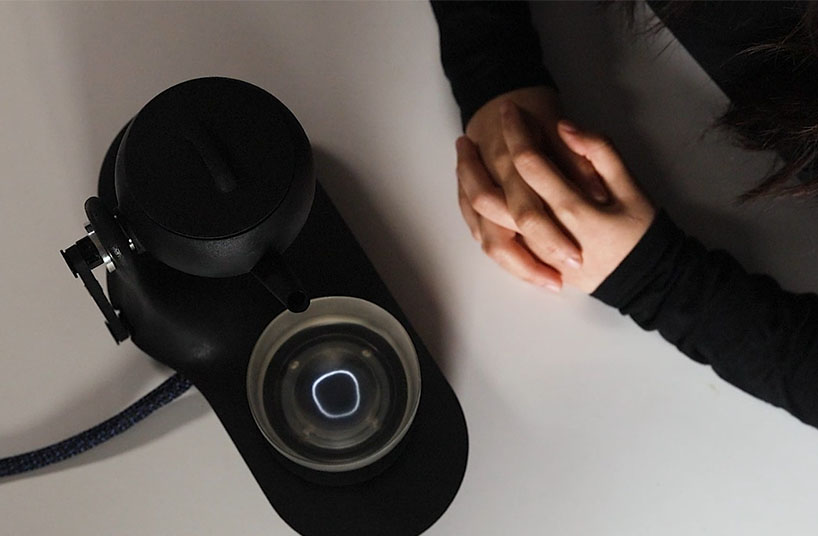
a wobbly circle is displayed when the AI agent is talking
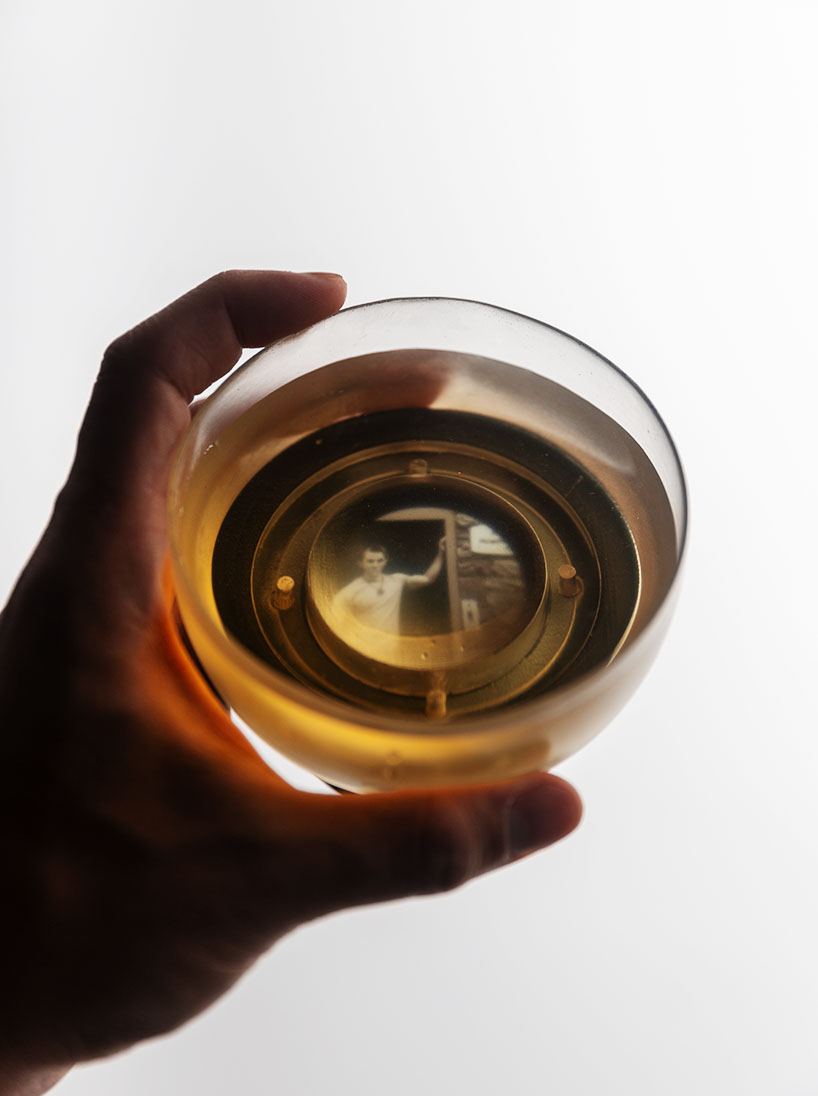
the teacup acts as a screen displaying the evolving story as tea is consumed
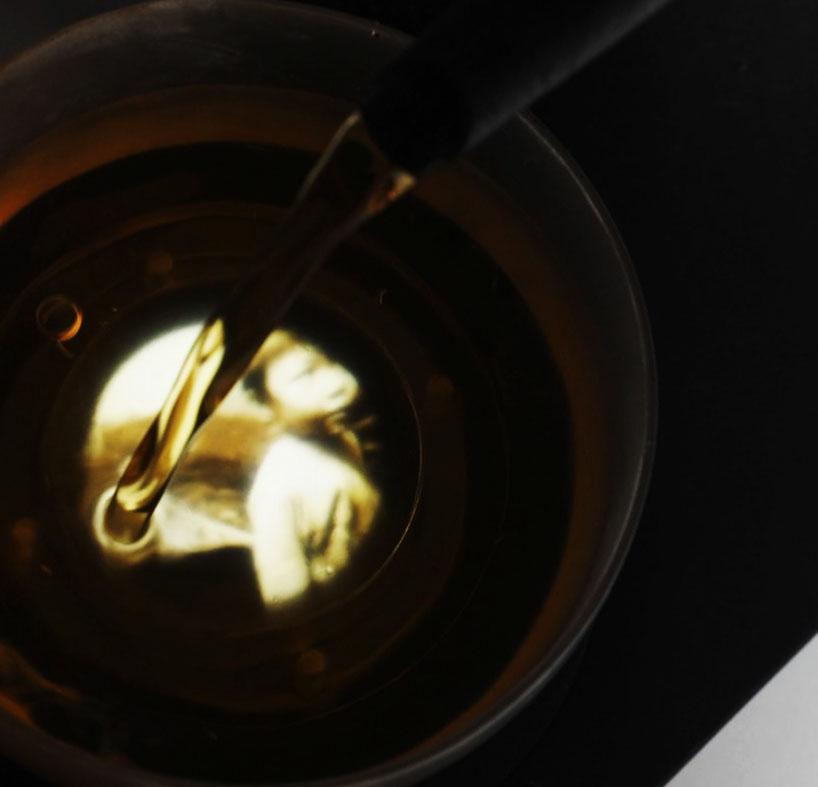
actions of pouring and sipping tea in gpTea become symbolic of storytelling and sharing
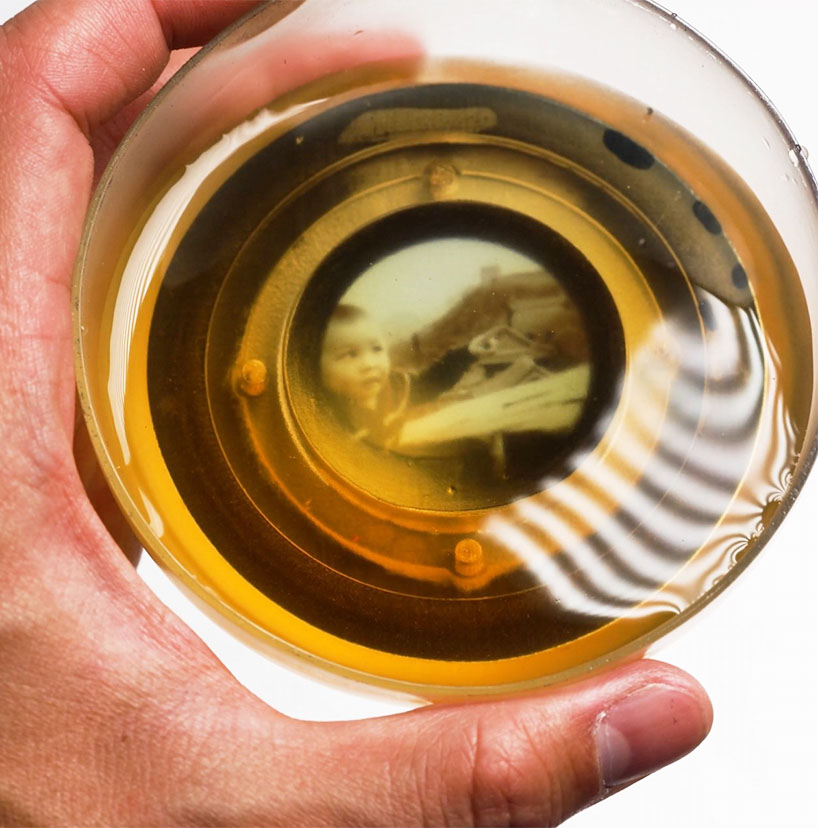
the cup incorporates a magnifying lens into its geometry, blending the display with the liquid content
